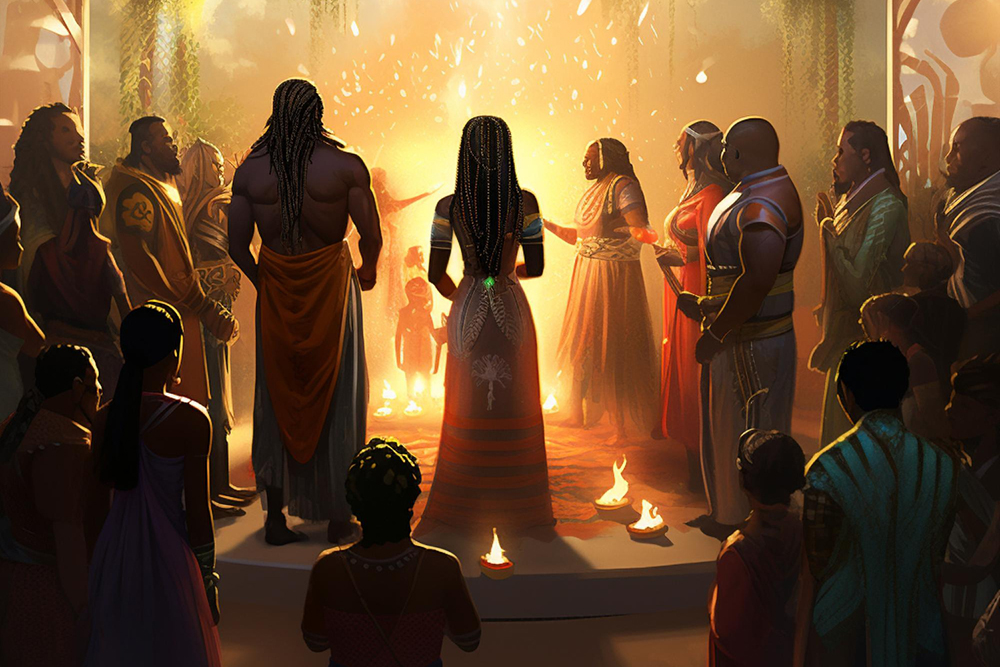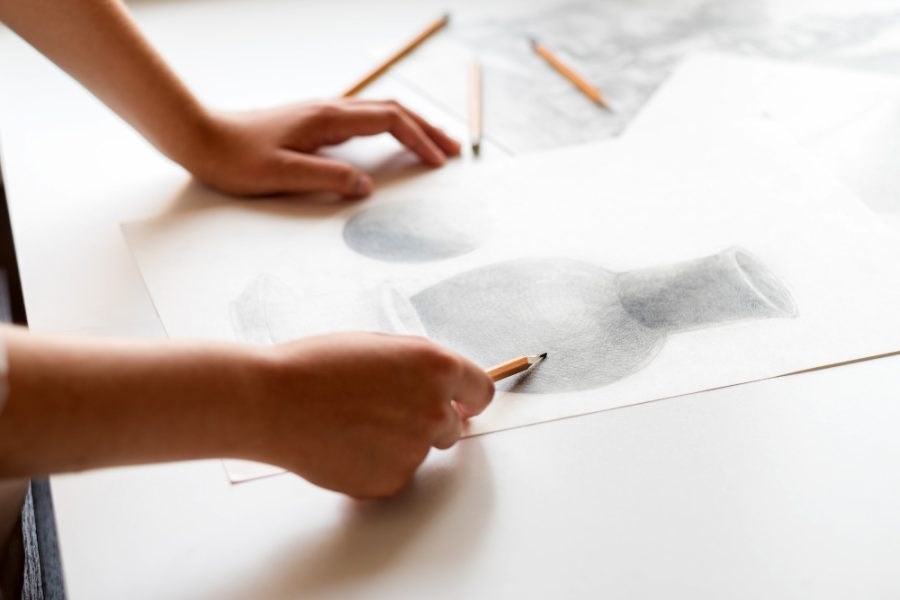Art is an ever-evolving field that continuously embraces new ideas and techniques while preserving its rich history. The fusion of traditional and modern art techniques has given rise to innovative works that resonate with both historical significance and contemporary relevance. This blend creates a dynamic and diverse artistic landscape, offering artists limitless possibilities for expression.
The Importance of Traditional Techniques
Traditional art techniques, such as oil painting, watercolor, and charcoal drawing, have been honed over centuries. These methods are rooted in history and provide a foundation of skills that are essential for any artist. Learning these techniques allows artists to understand the principles of composition, color theory, and texture, which are fundamental in creating balanced and visually appealing artworks.
Mastering traditional techniques also gives artists a deep appreciation for the craftsmanship and discipline required in art. The meticulous process of layering oil paints, the delicate control needed for watercolor washes, and the bold, expressive strokes of charcoal all teach patience and precision. These skills are invaluable, even when artists move on to explore modern techniques.
Embracing Modern Techniques
Modern art techniques have revolutionized the way artists create and present their work. Digital art, mixed media, and contemporary installation art have opened new avenues for creativity. Digital tools like graphic tablets, software like Adobe Photoshop and Illustrator, and 3D modeling programs allow artists to experiment with endless possibilities that were not achievable with traditional media.
Mixed media art combines various materials and techniques, encouraging artists to break the boundaries of conventional art forms. By incorporating elements like photography, found objects, and digital prints into their work, artists can create complex, multi-dimensional pieces that engage viewers on multiple levels.
Installation art, another modern approach, transforms spaces and creates immersive experiences for viewers. Artists use a variety of materials and methods to construct large-scale pieces that often invite audience interaction, making art a more participatory experience.
The Synergy of Traditional and Modern Techniques
Blending traditional and modern art techniques allows artists to create unique works that honor the past while embracing the future. This synergy can be seen in various ways:
1. Digital Enhancement of Traditional Art: Artists can begin with a traditional painting or drawing and then enhance or transform it using digital tools. This approach maintains the tactile quality of traditional media while benefiting from the versatility of digital editing.
2. Mixed Media with Historical Context: By combining traditional materials like canvas and oil paints with modern elements such as digital prints or LED lights, artists can create pieces that reflect both historical context and contemporary themes. This blend often results in a richer narrative and a more layered visual experience.
3. Innovative Techniques in Classical Forms: Artists can apply modern techniques, such as digital layering or mixed media, to classical forms like portraiture or landscape painting. This approach not only revitalizes these traditional genres but also offers new perspectives and interpretations.
4. Interactive and Immersive Art: Combining traditional craftsmanship with modern technology can lead to interactive and immersive installations. For example, a sculptor might use traditional techniques to create a piece, then integrate sensors and digital projections to make it interactive.
Examples of Blended Art Techniques
– Takashi Murakami: Known for his “superflat” style, Murakami blends traditional Japanese painting techniques with contemporary pop culture references and digital art, creating vibrant and engaging works that bridge the gap between past and present.
– Shepard Fairey: Fairey’s work combines traditional stencil graffiti techniques with digital design, resulting in iconic street art that conveys powerful social and political messages.
– Ai Weiwei: This renowned artist merges traditional Chinese craftsmanship with modern art practices and conceptual art, often addressing contemporary social issues through his innovative installations.
Conclusion
The fusion of traditional and modern art techniques offers endless possibilities for creativity and expression. Artists who embrace this blend can create works that are not only technically proficient but also deeply resonant with diverse audiences. By honoring the past while pushing the boundaries of the future, these artists ensure that art remains a dynamic and evolving field. Whether through digital enhancements, mixed media, or interactive installations, the synergy of traditional and modern techniques continues to enrich the world of art.




